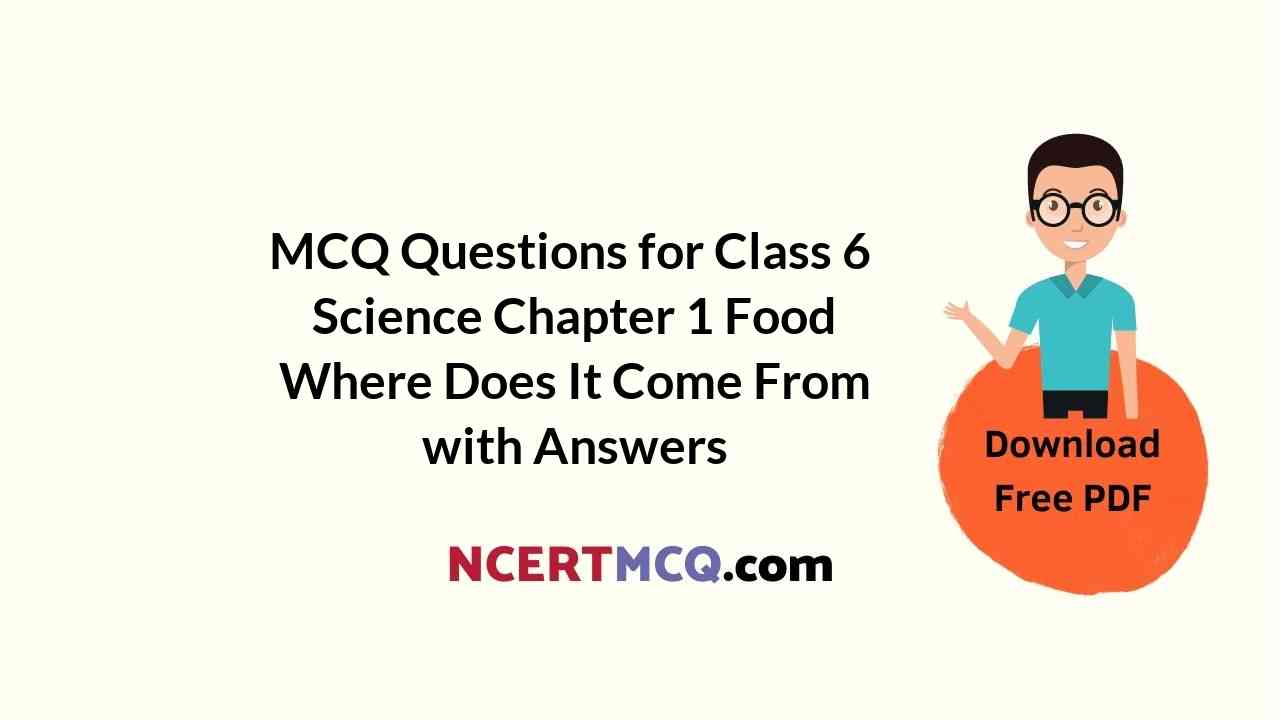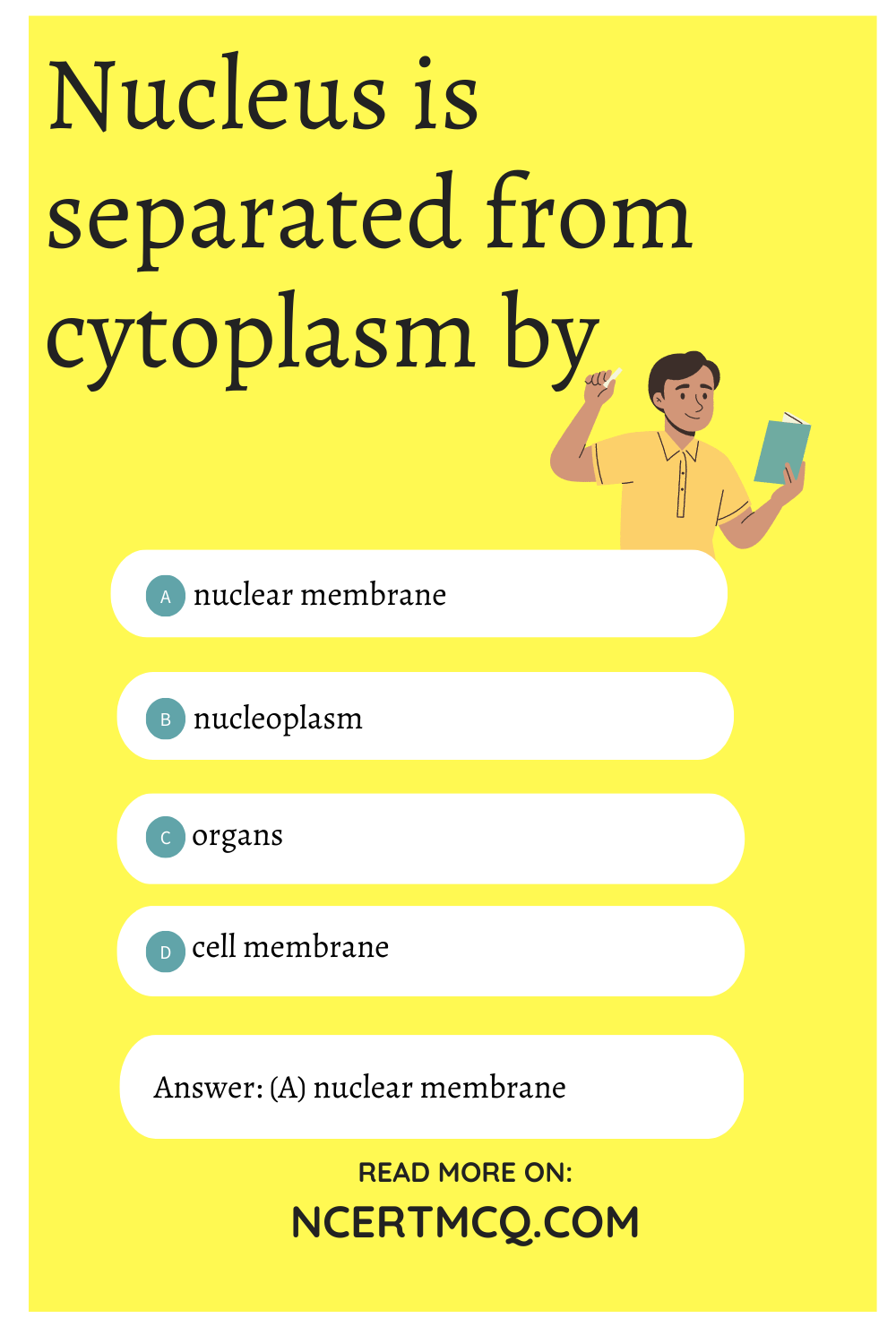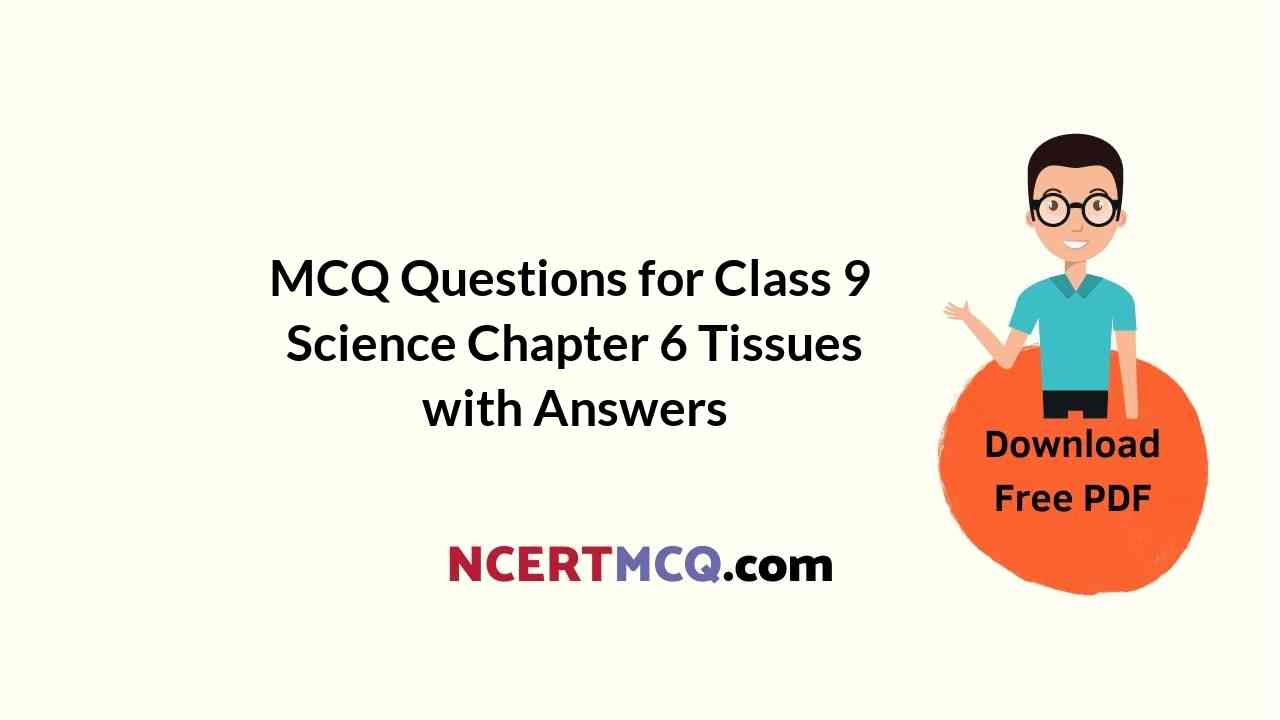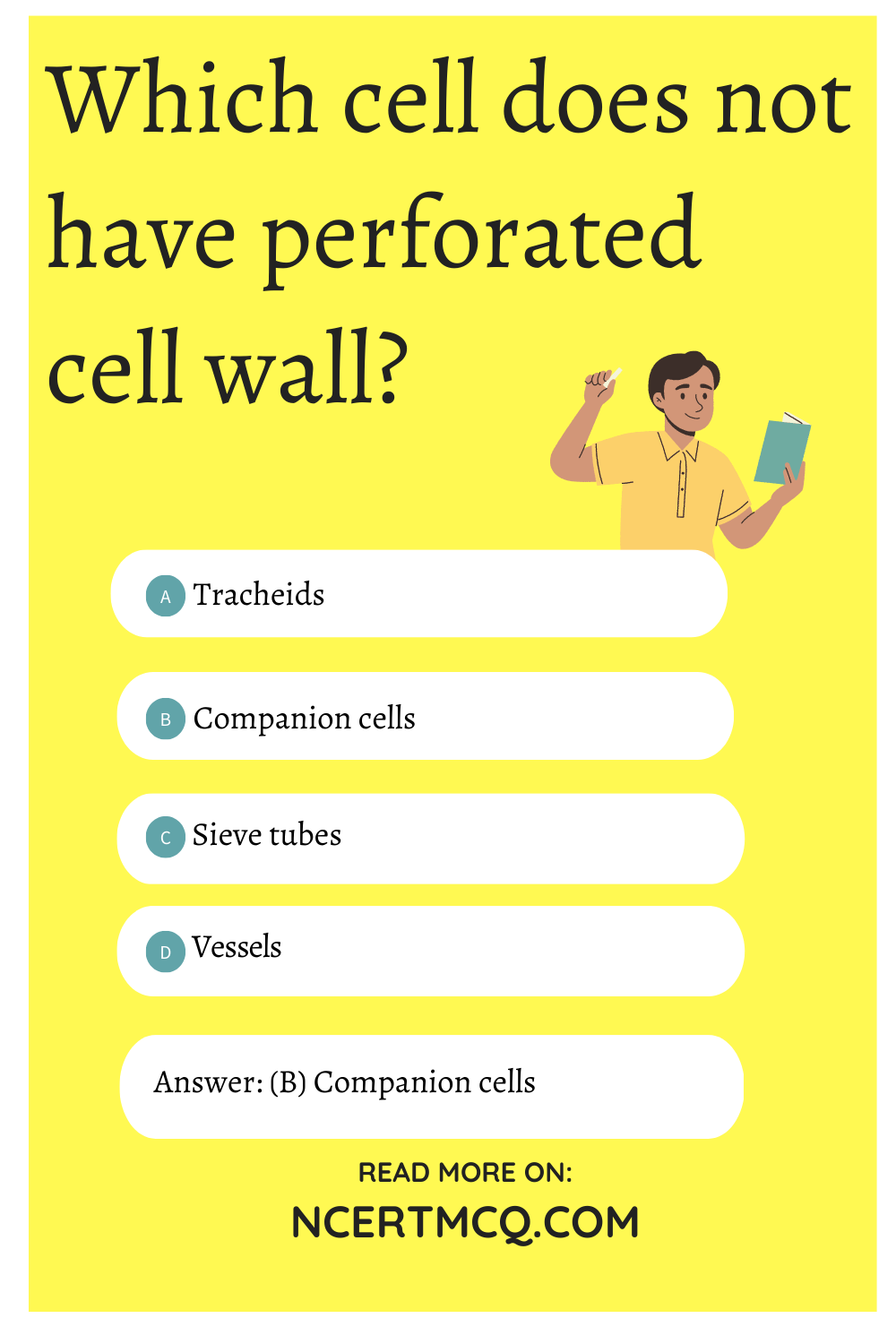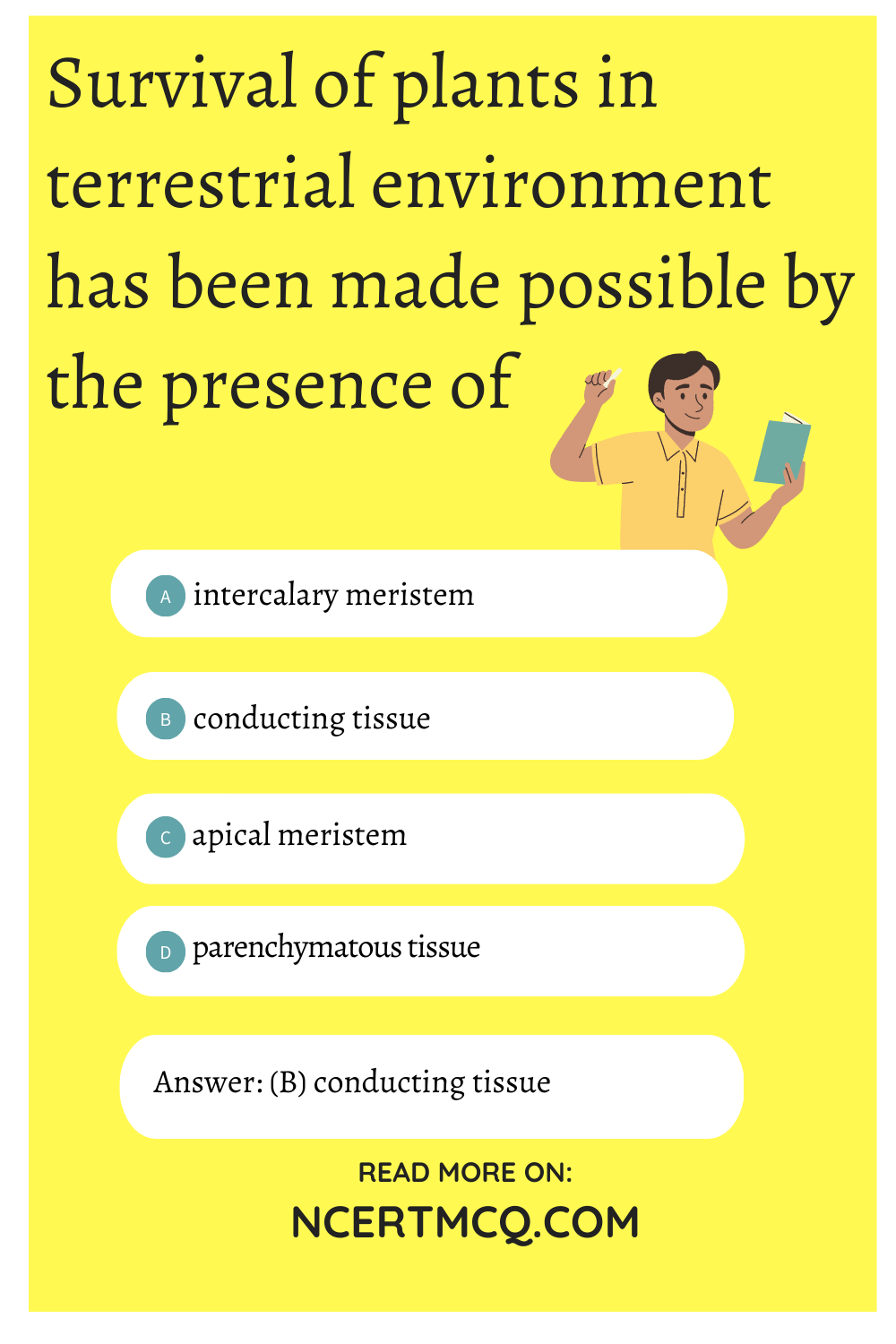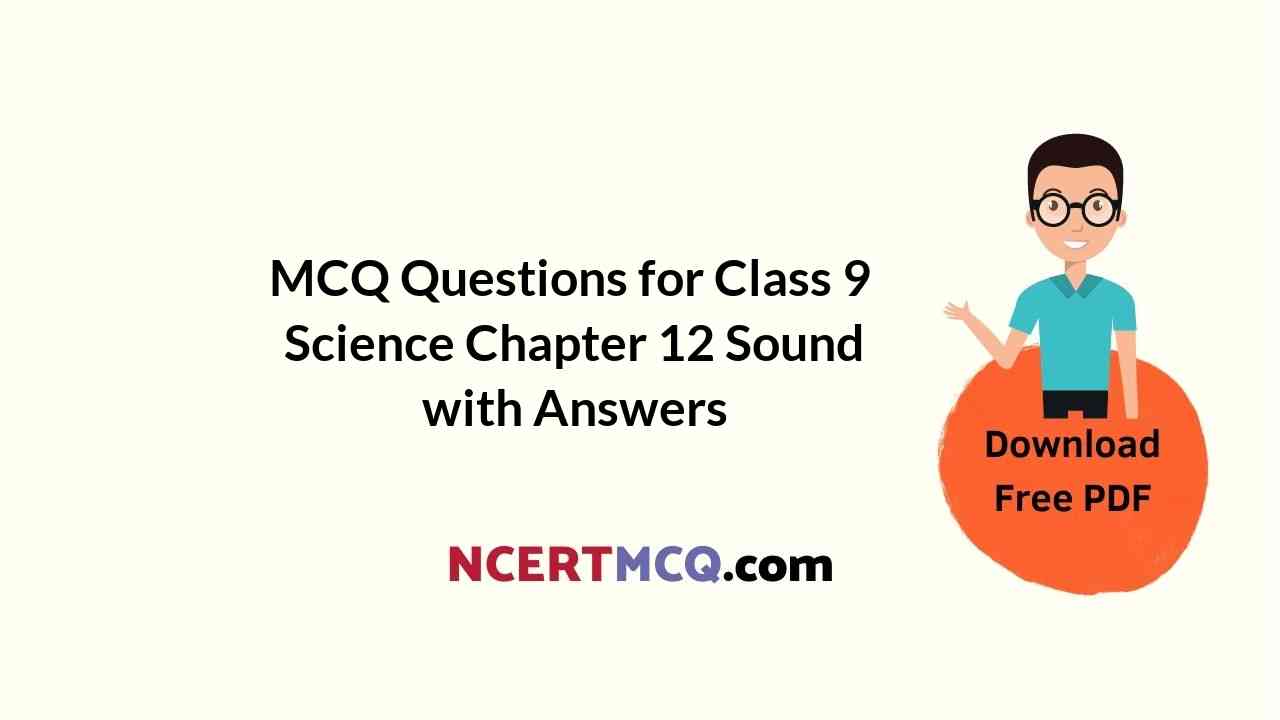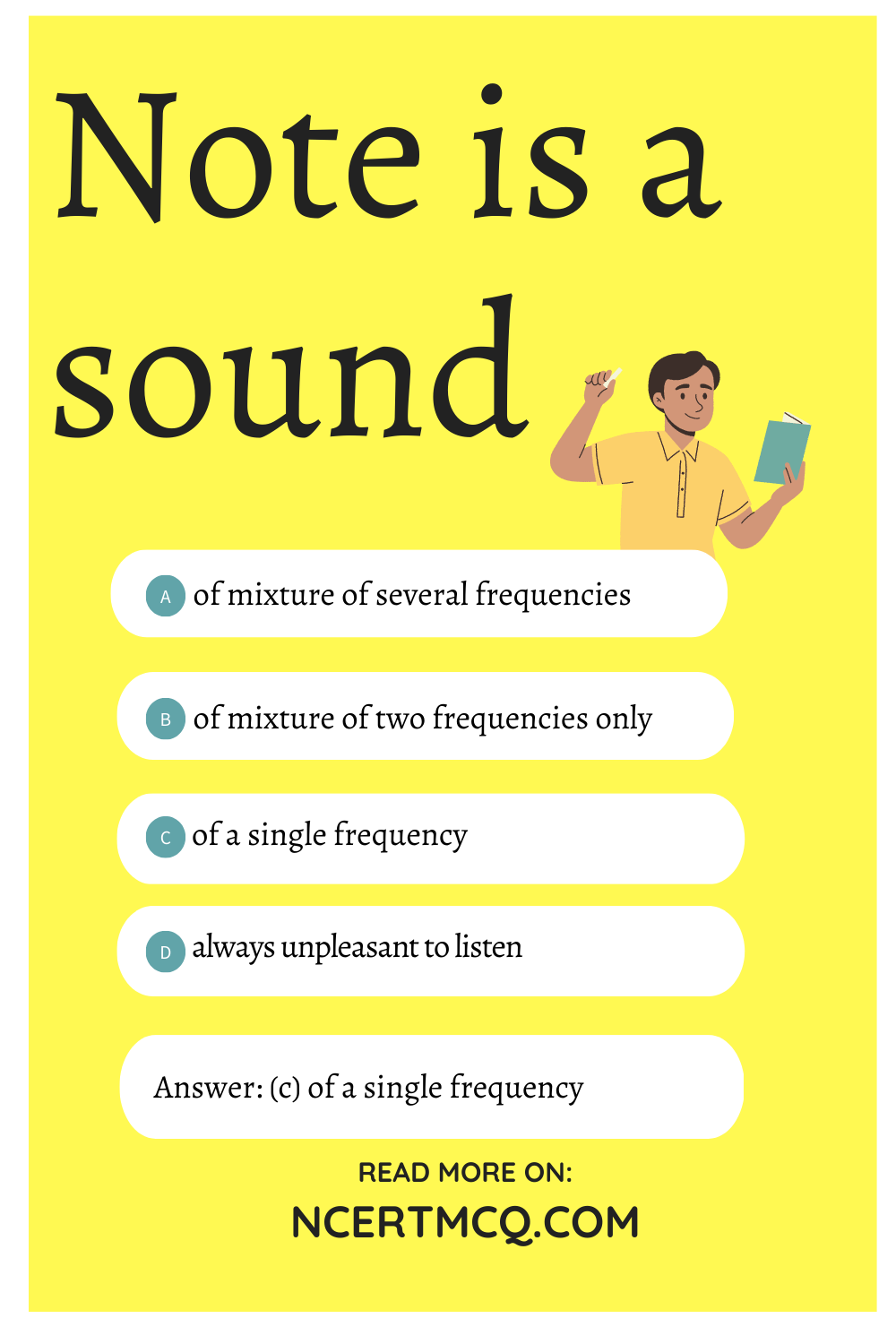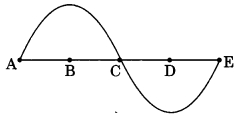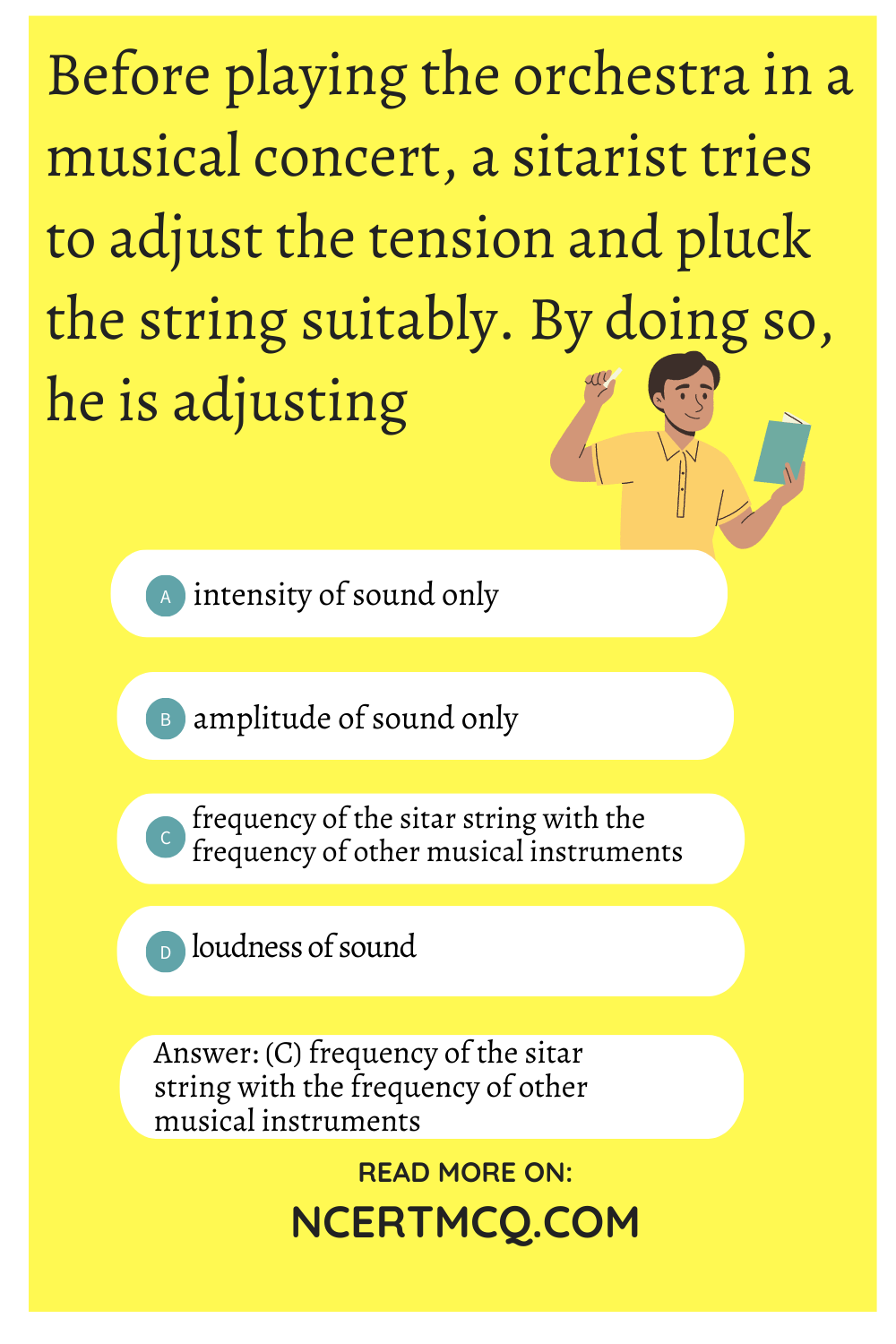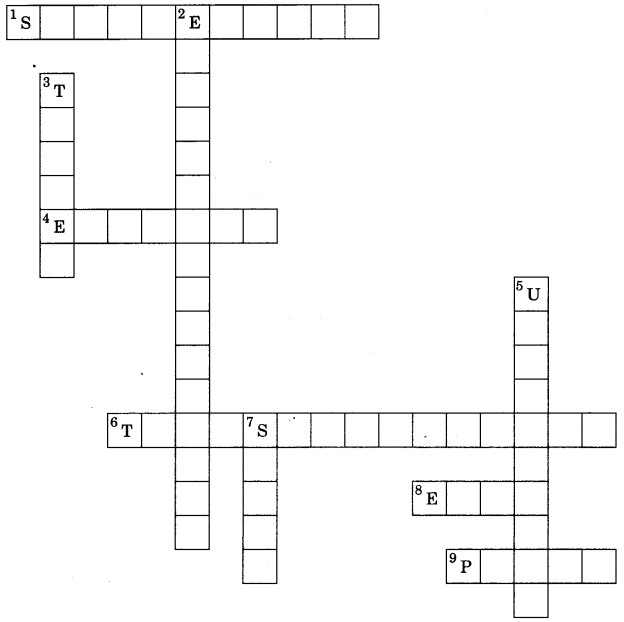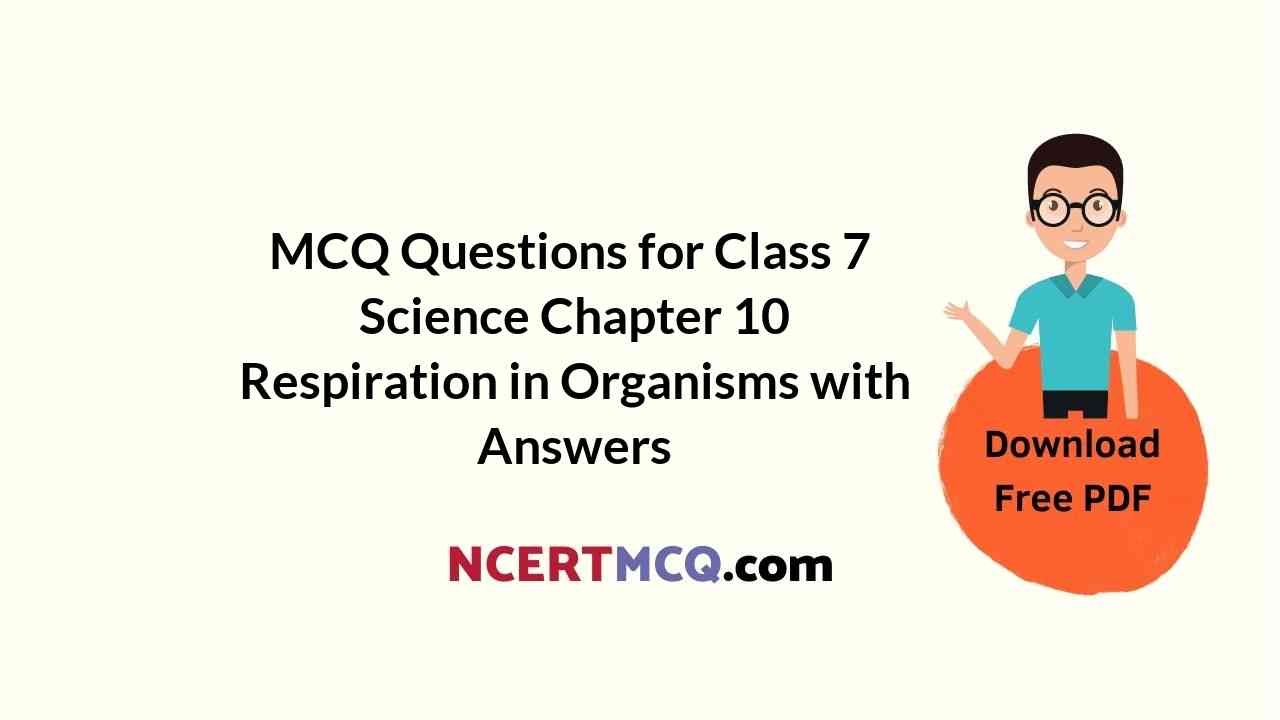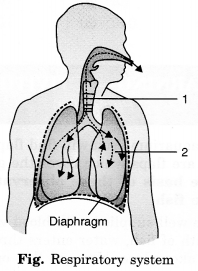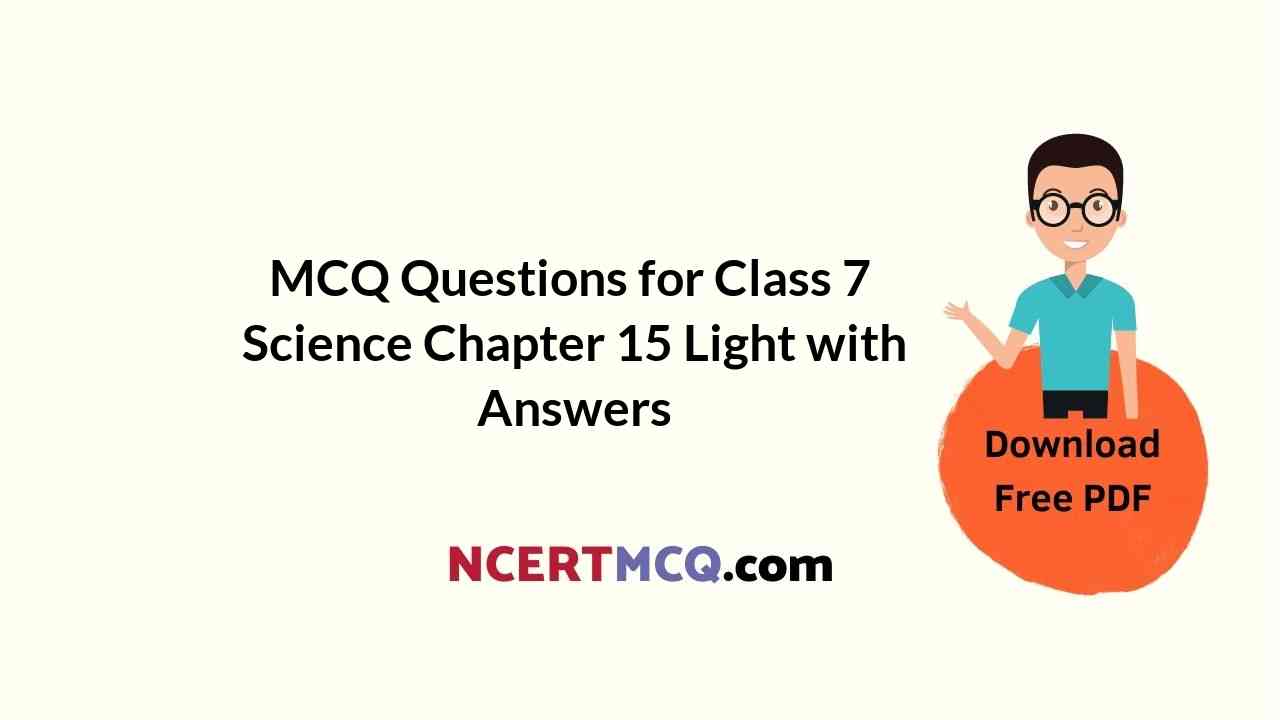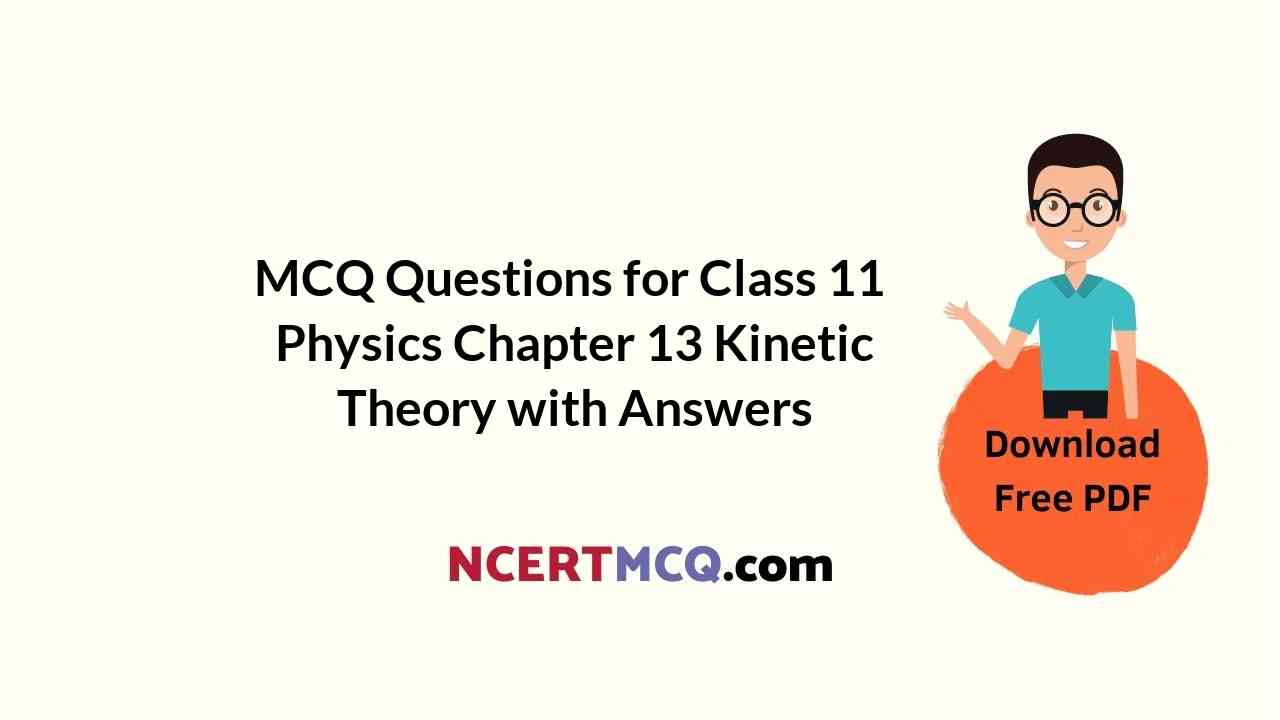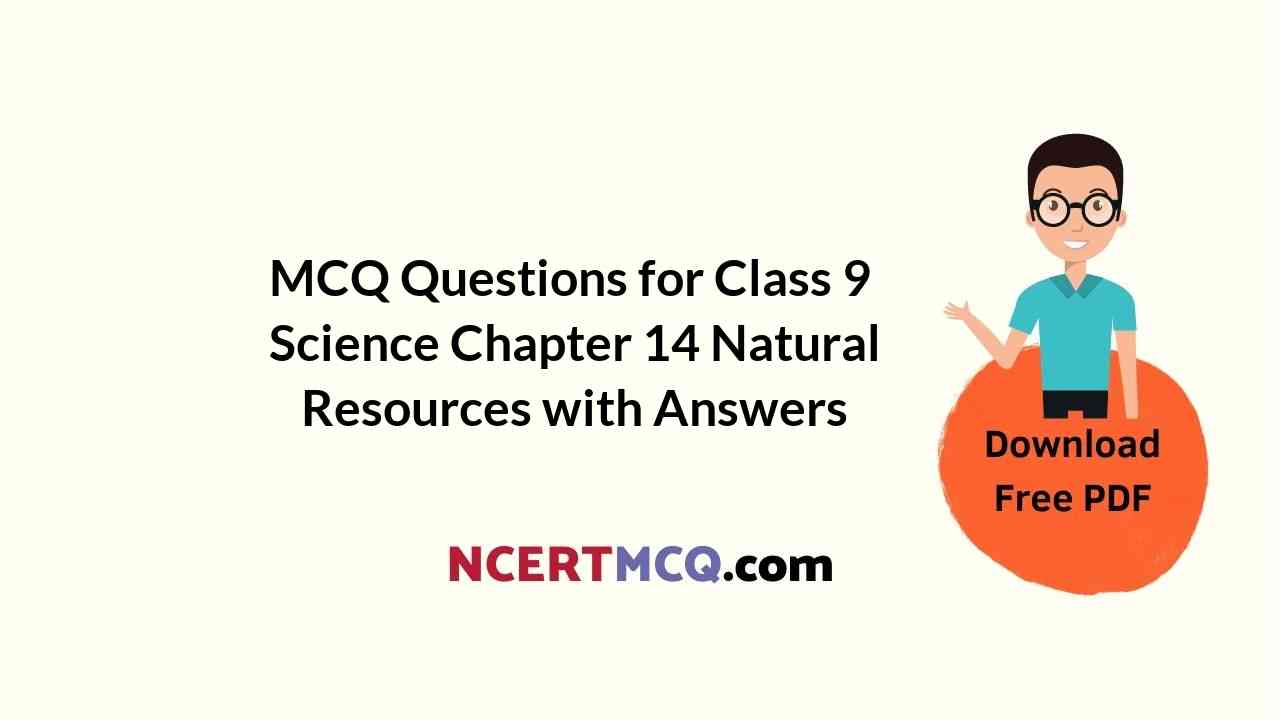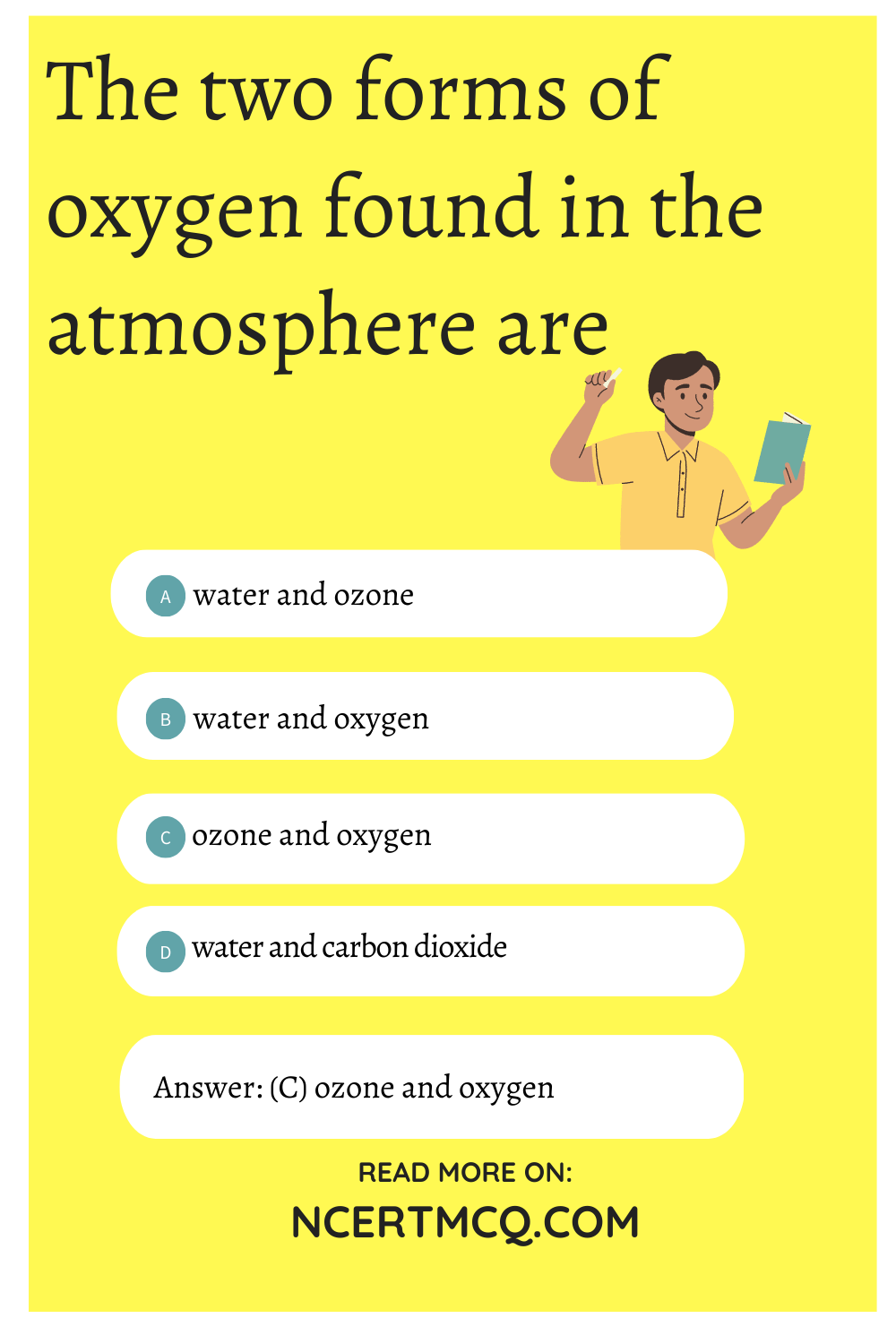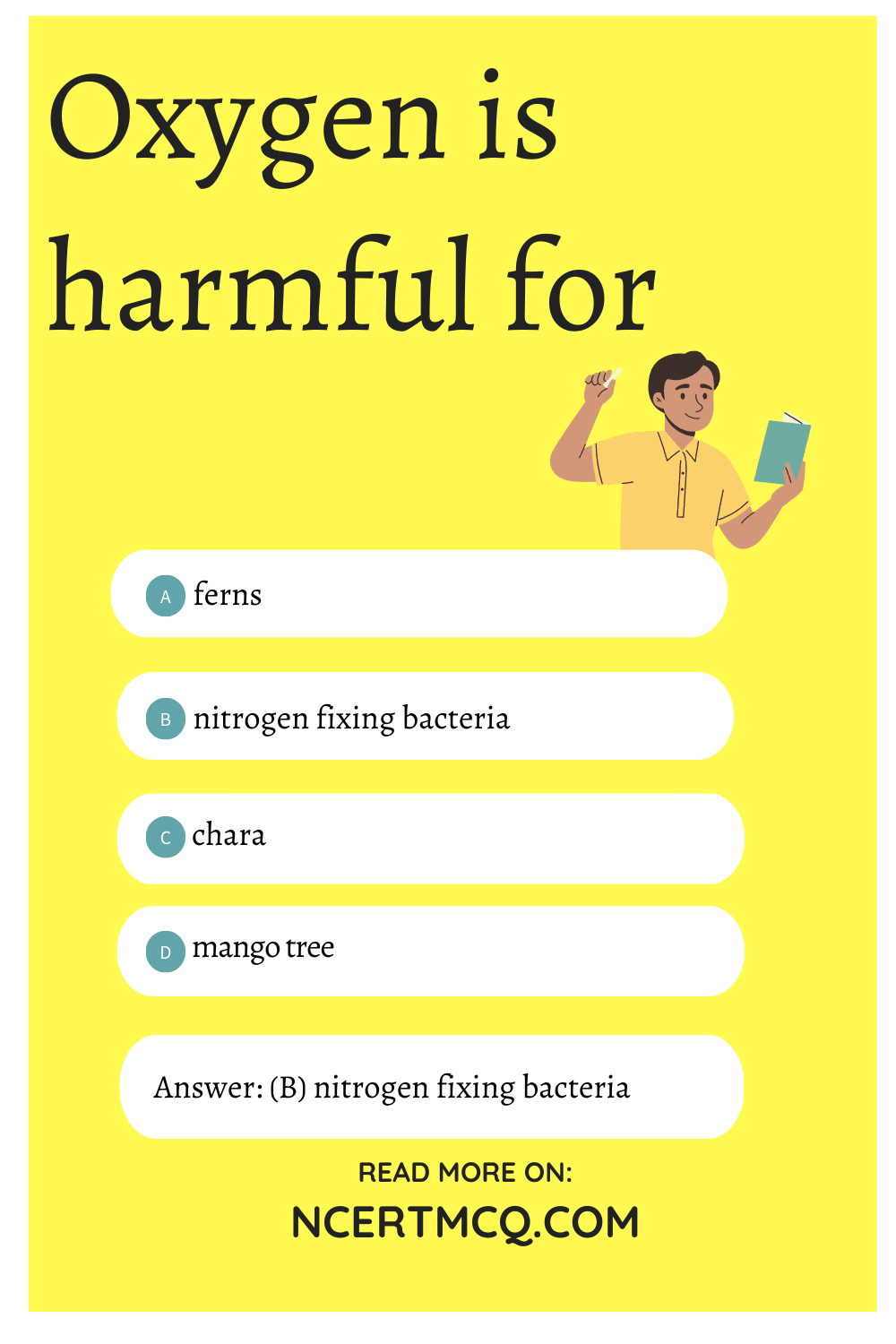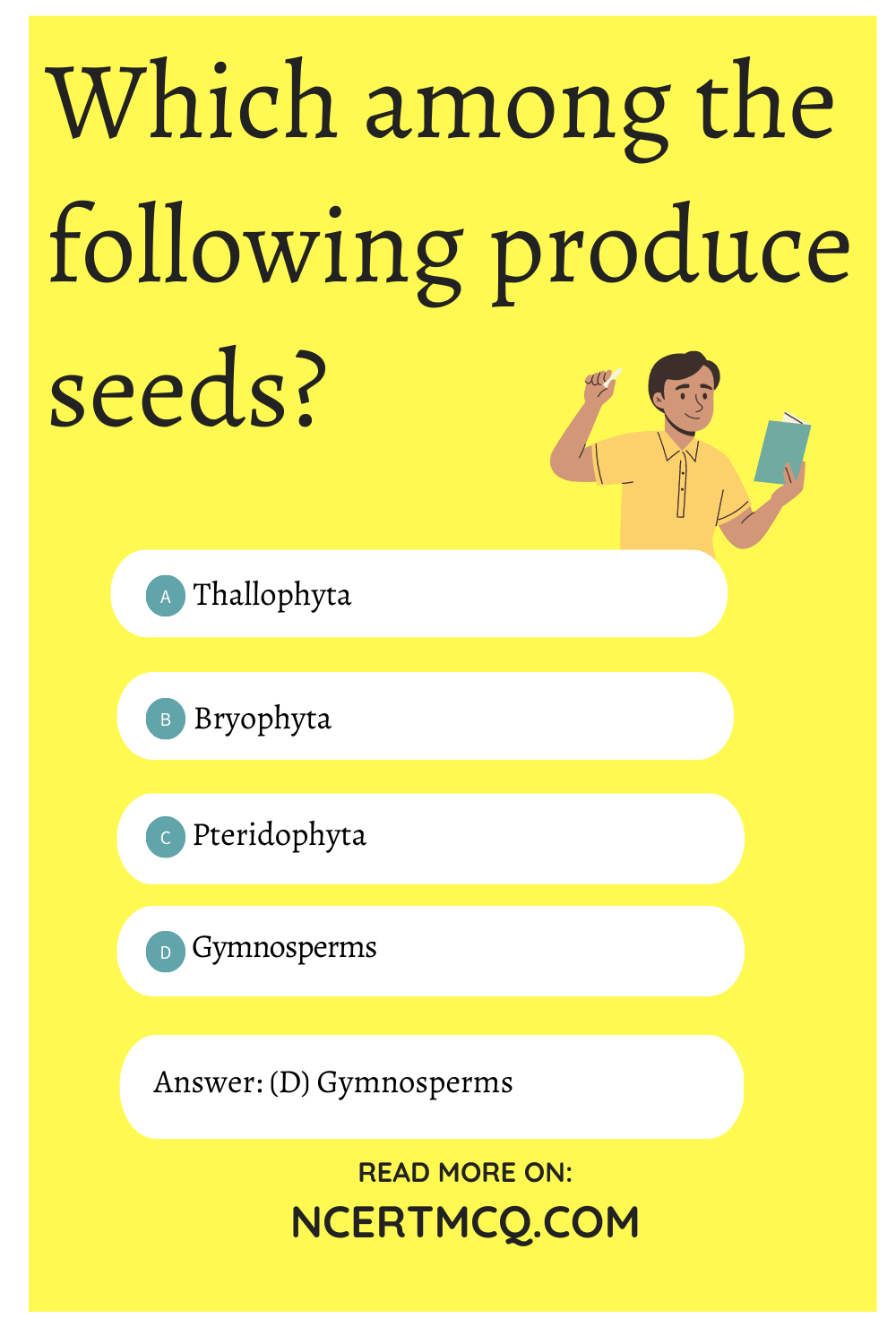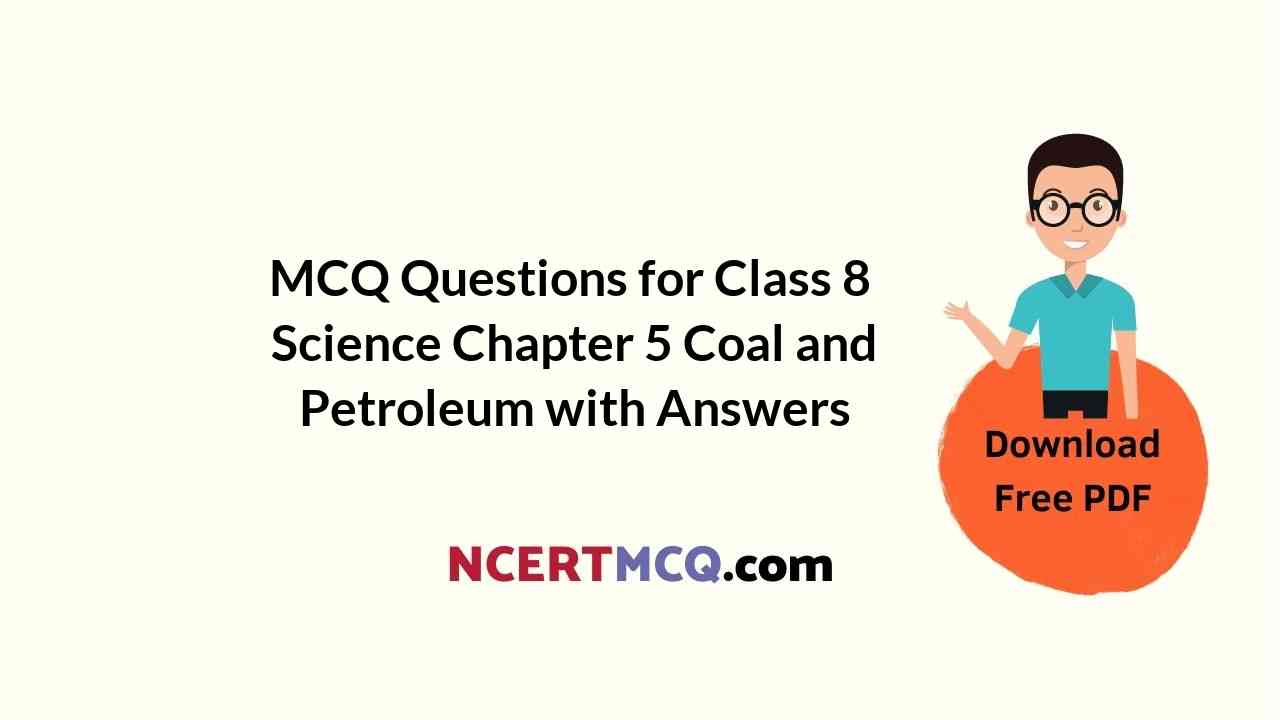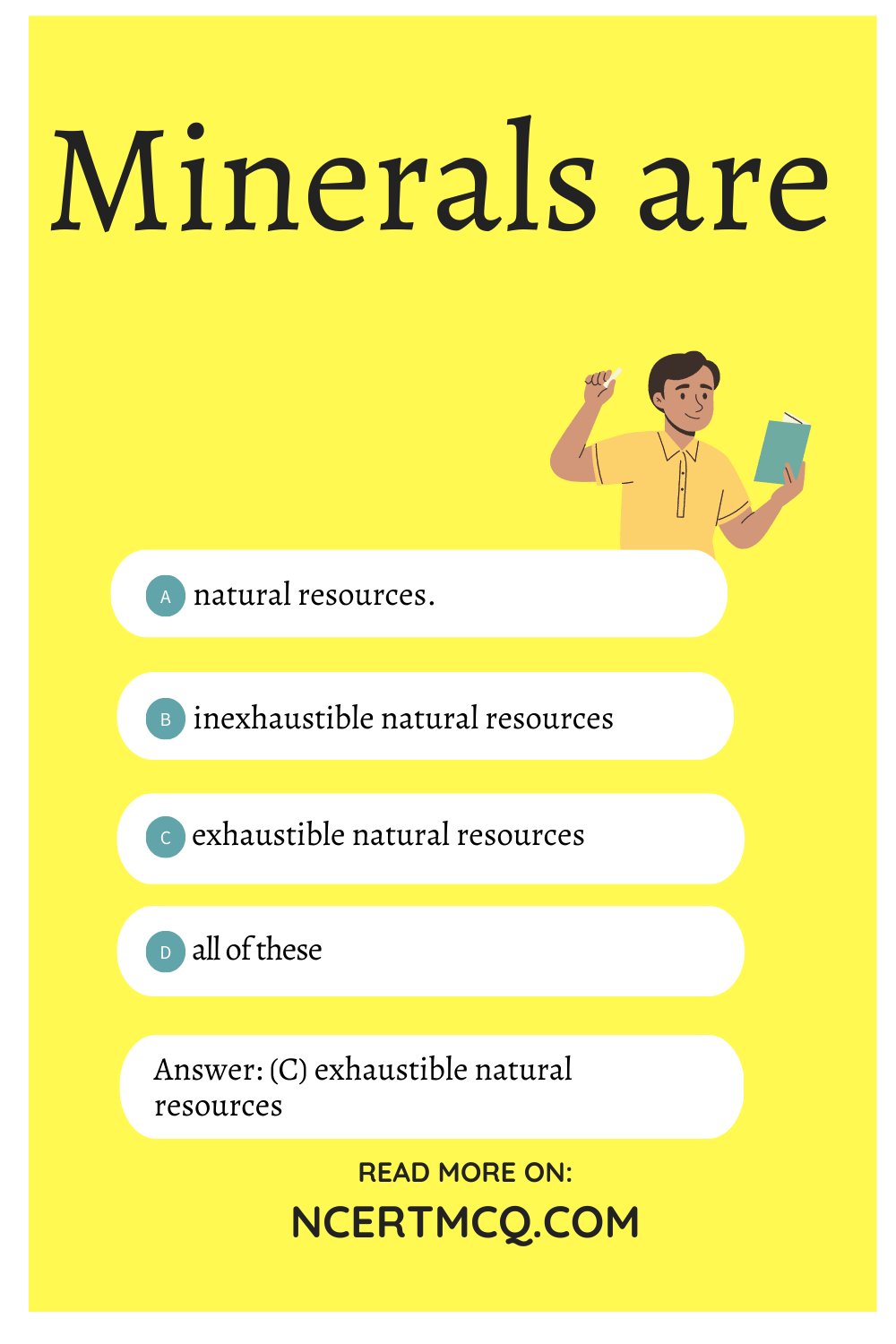Check the below NCERT MCQ Questions for Class 6 Science Chapter 1 Food Where Does It Come From with Answers Pdf free download. MCQ Questions for Class 6 Science with Answers were prepared based on the latest exam pattern. We have provided Food Where Does It Come From Class 6 Science MCQs Questions with Answers to help students understand the concept very well.
You can refer to NCERT Solutions for Class 6 Science Chapter 1 Food Where Does It Come From to revise the concepts in the syllabus effectively and improve your chances of securing high marks in your board exams.
Class 6 Science Chapter 1 MCQ With Answers
Science Class 6 Chapter 1 MCQs On Food Where Does It Come From
Choose the correct option in the following questions:
Class 6 Science Chapter 1 MCQ Question 1.
Which part of a mustard plant is edible?
(a) Seeds and flowers
(b) Leaves and flowers
(c) Seeds and leaves
(d) Stem and roots
Answer
Answer:(c) Seeds and leaves
Explanation:
Seeds of mustard are used for oil and spices while leaves are used as
vegetables.
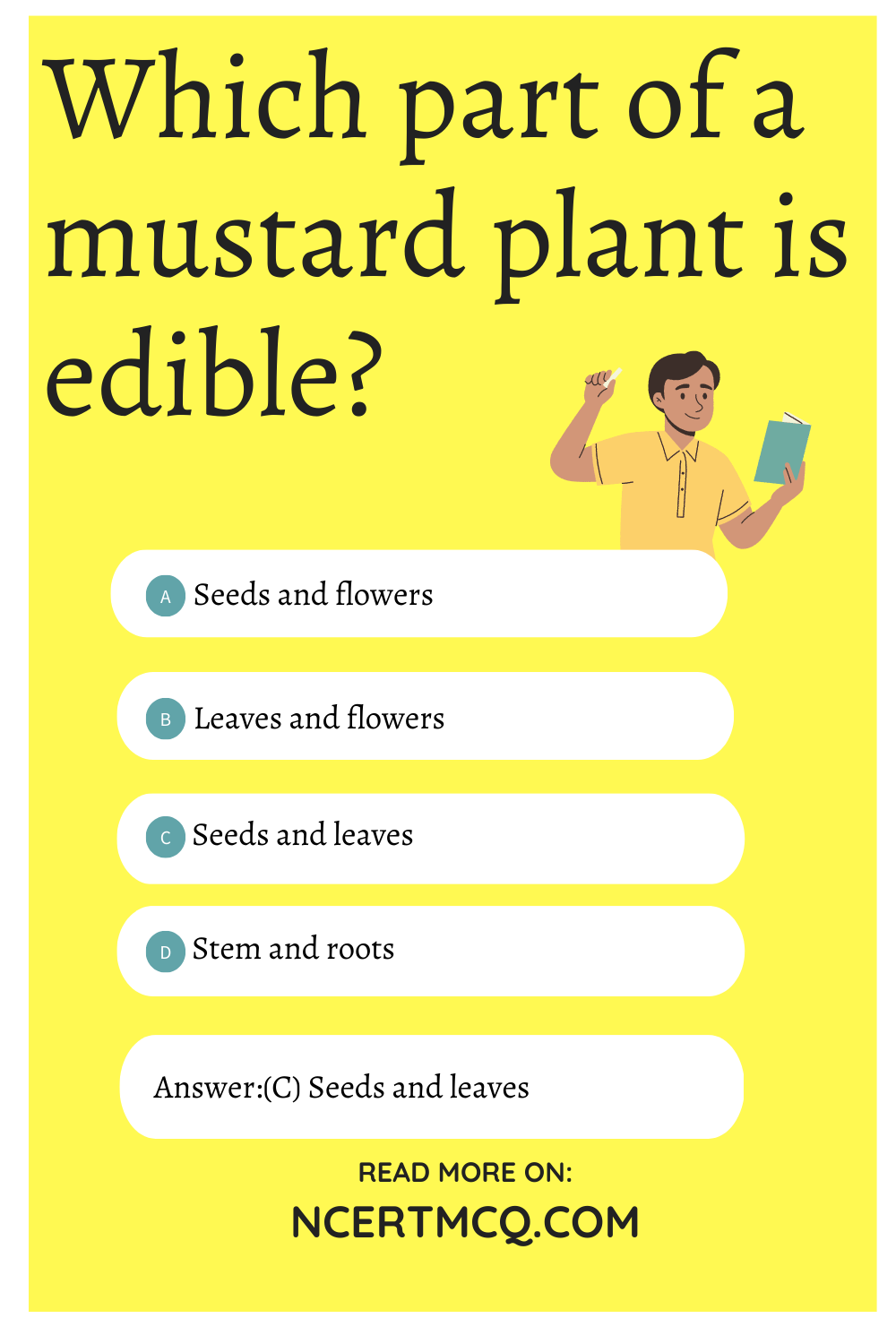
Food Where Does It Come From Class 6 MCQ Question 2.
Honey bees are often seen sitting on flowers. Why do they do so?
(a) They like flowers
(b) They lay eggs on flowers
(c) They suck nectar from flowers
(d) All of these
Answer
Answer: (c) They suck nectar from flowers
Explanation:
Bees collect nectar from flowers and convert it into honey.
MCQ Questions For Class 6 Science Chapter 1 Question 3.
Which one is the best for health?
(a) Boiled seeds
(b) Roasted seeds
(c) Wet swollen seeds
(d) Sprouted seeds
Answer
Answer: (d) Sprouted seeds
Explanation:
Sprouted seeds are the best for health.
Food Where Does It Come From MCQ Question 4.
Which one of the following set comprises only herbivorous animals?
(a) Cow, goat, rabbit, deer
(b) Cow, goat, rabbit, wolf
(c) Wolf, goat, rabbit, deer
(d) Cow, crow, crane, camel
Answer
Answer: (a) Cow, goat, rabbit, deer
Explanation:
Wolf and crow are not herbivorous.
Ncert Class 6 Science Chapter 1 MCQ Question 5.
Animals which eat both plants and flesh of other animals are called
(a) herbivores
(b) carnivores
(c) omnivores
(d) sanguinivores
Answer
Answer: (c) omnivores
Explanation:
Animals which eat both plants and flesh of other animals are called omnivores.
Class 6 Science Ch 1 MCQ Question 6.
Human beings are
(a) herbivores
(b) carnivores
(c) omnivores
(d) decomposers
Answer
Answer: (c) omnivores
Explanation:
Human beings eat herbs as well as meat and eggs.
MCQ Questions For Class 6 Science With Answers Chapter 1 Question 7.
Which one of the following sets is not correct?
(a) Cow, rabbit, deer, goat
(b) Tiger, lion, wolf, panther
(c) Bear, crow, cat
(d) Rabbit, deer, cat, wolf
Answer
Answer: (d) Rabbit, deer, cat, wolf
Explanation:
All other sets have only one type of animals.
Science Class 6 Chapter 1 MCQ Question 8.
Which one is not a food for a squirrel?
(a) Grains
(b) Small insects
(c) Fruits
(d) All of these
Answer
Answer: (b) Small insects
Explanation:
Squirrel is a herbivorous animal.
MCQ Class 6 Science Chapter 1 Question 9.
Rearing and management of fishes in large scale is called
(a) agriculture
(b) apiculture
(c) pisciculture
(d) horticulture
Answer
Answer: (c) pisciculture
Explanation:
Rearing and management of fishes is called pisciculture.
Class 6 Chapter 1 Science MCQ Question 10.
Which of the following is a root vegetable ?
(a) Potato
(b) Carrot
(c) Cucumber
(d) Onion
Answer
Answer: (b) Carrot
Explanation:
Carrot is a root.

Match the following items given in Column A with that in Column B:
| Column A | Column B |
| Lion | Nectar |
| Deer | Fruit juice |
| Man | Human faecal |
| Female mosquito | Plants |
| Butterfly | Human blood |
| Human infant | Both plants and animals |
| Male mosquito | Animals |
| Pig | Mother’s milk |
Answer
Answer:
| Column A | Column B |
| Lion | Animals |
| Deer | Plants |
| Man | Both plants and animals |
| Female mosquito | Human blood |
| Butterfly | Nectar |
| Human infant | Mothers milk |
| Male mosquito | Fruit juice |
| Pig | Human feecal |
Fill in the blanks with appropriate words:
1. We feel …………….. when we have no food for some time.
Answer
Answer: weak
2. ……………. living beings need food.
Answer
Answer: All
3. Children need food for ………………. .
Answer
Answer: growth
4. If food is not given for long, most of the known living beings will ……………. .
Answer
Answer: die
5. We get ……………… after eating food.
Answer
Answer: energy
6. Different organisms eat …………….. kinds of food.
Answer
Answer: different
7. Mustard ………………….. are used as spices and oil.
Answer
Answer: seeds
8. We get food from ………………… as well as animals.
Answer
Answer: Plants
9. We use ……………… energy when we run than when we walk.
Answer
Answer: more
10. We use ……………… energy when we sleep.
Answer
Answer: more
11. Each of us should make sure not to ……………… food.
Answer
Answer: waste
12. Human beings are ……………. .
Answer
Answer: omnivore
State -whether the statements given below are True or False:
1. Different people have different choices of food.
Answer
Answer: True
2. If a person does not get food he feels weak and is likely to fall ill.
Answer
Answer: True
3. Human beings, animals, birds, insects, etc. eat the same type of food.
Answer
Answer: False
4. There is no effect on our ability to do work even if we do not eat food for a day.
Answer
Answer: False
5. Lion is omnivorous.
Answer
Answer: False
6. Plants give us more varieties of food than animals.
Answer
Answer: True
7. Cooked food can be easily consumed and absorbed by our body.
Answer
Answer: True
8. There is a range of food items eaten over various states of India.
Answer
Answer: True
9. For every item that we eat there are a number of persons who have contributed.
Answer
Answer: True
10. Leaves absorb sunlight and prepare food using chlorophyll.
Answer
Answer: True
We hope the given NCERT MCQ Questions for Class 6 Science Chapter 1 Food Where Does It Come From with Answers Pdf free download will help you. If you have any queries regarding Food Where Does It Come From CBSE Class 6 Science MCQs Multiple Choice Questions with Answers, drop a comment below and we will get back to you soon.
Class 6 Science MCQ:
- Food Where Does It Come From Class 6 MCQ
- Components of Food Class 6 MCQ
- Fibre to Fabric Class 6 MCQ
- Sorting Materials Into Groups Class 6 MCQ
- Separation of Substances Class 6 MCQ
- Changes Around Us Class 6 MCQ
- Getting to Know Plants Class 6 MCQ
- Body Movements Class 6 MCQ
- The Living Organisms and Their Surroundings Class 6 MCQ
- Motion and Measurement of Distances Class 6 MCQ
- Light Shadows and Reflection Class 6 MCQ
- Electricity and Circuits Class 6 MCQ
- Fun with Magnets Class 6 MCQ
- Water Class 6 MCQ
- Air Around Us Class 6 MCQ
- Garbage In Garbage Out Class 6 MCQ
